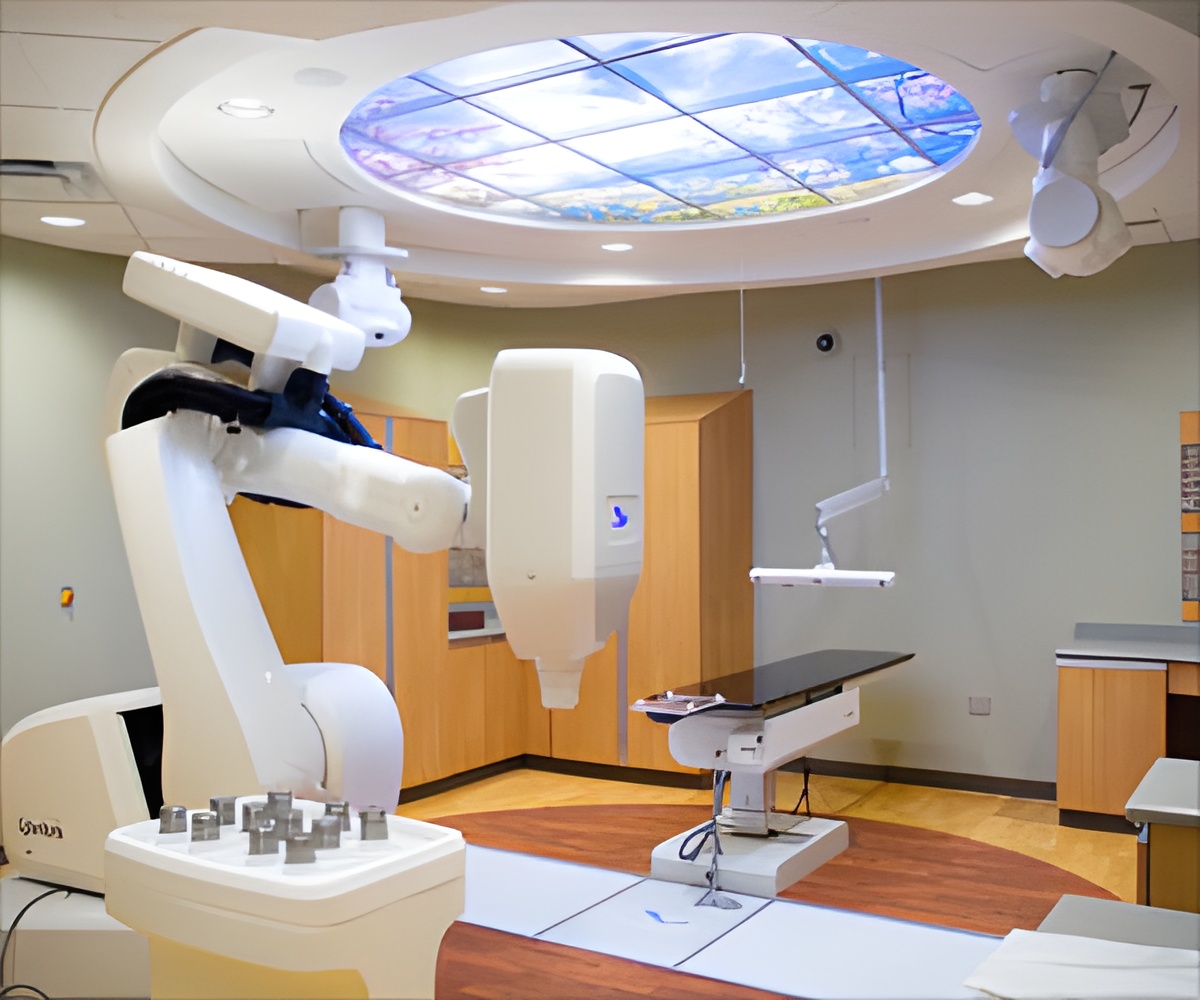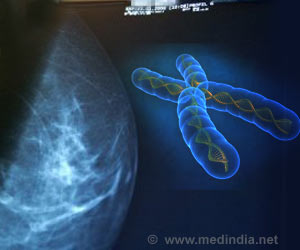Nearly 98,000 cases of gynecologic cancers are diagnosed in US every year, and less than 70% of cervical cancer patients live longer than five years after diagnosis.

‘Combining pap test and high-risk human papillomavirus (hrHPV) test, resulted in only 1 percent of cancer cases being missed.’





"We've known that neither test is perfect and misses a certain number of cases, but we didn't realize until we analyzed the data just how impactful the combination of these tests would be," said Dina Mody, M.D., director of cytopathology at Houston Methodist Hospital and paper co-author. "The numbers tell me that Ob-Gyns need to regularly offer co-testing, and woman age 30 or older need to proactively request co-testing." In 2014, the FDA approved the use of an HPV DNA test as a primary screening tool for women 25 and older. The test detects two of the most common high-risk HPV strains (16 and 18) as well as combined results for 12 additional high-risk HPV types, but the test only detects a small percentage of the 150 HPV strains that exist. Mody is past president of the American Society of Cytopathology and has led the Houston Methodist Hospital cytopathology lab for 15 years. As part of standard quality assessments, her team reviewed data from 1,652 cases over an 18-month period.
Lead author Yimin Ge, M.D., a member of the Department of Pathology and Genomic Medicine at Houston Methodist Hospital, compiled cases with cytology-HPV co-testing and follow-up biopsies. The researchers found that 253 cases had biopsy confirmed high-grade lesions. Of those cases, the Pap test and the hrHPV test accurately detected approximately 91 percent of the cases. When they combined the tests, the team found only three of the 253 cases were double-negatives for both the Pap and hrHPV tests.
"We used a large population-based observational study, which is only the second of its kind conducted since the FDA approved the HPV test as a primary screening method for cervical cancer," Ge said. "The next step is to look at cases missed on Pap and HPV, test the tissue and try to determine why they were missed." The Pap test is recommended for women between 21 and 65 years old as a screening test for cervical cancer. Women 30 and older who are negative on co-testing may wait as long as five years for their next testing, but physicians still recommend annual well woman exams.
Approximately 98,000 cases of gynecologic cancers are diagnosed in the United States every year, and less than 70 percent of cervical cancer patients live longer than five years after diagnosis. Additional researchers who collaborated on the paper were: Haijun Zhou, M.D., Ph.D., and Mary R. Schwartz, M.D. (Houston Methodist Hospital); Roxanne R. Mody, M.D. (St. Joseph's Hospital, Denver, CO); Eric Luna and Donna Armylagos (BioReference Laboratories, Houston, TX); and Jiaqiong Xu, Ph.D. (Houston Methodist Research Institute).
Advertisement














